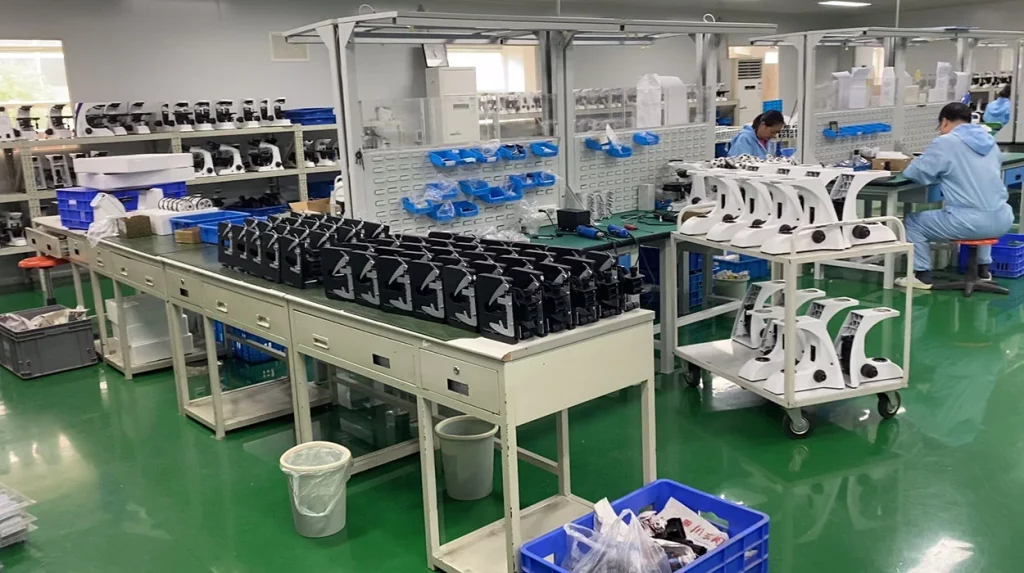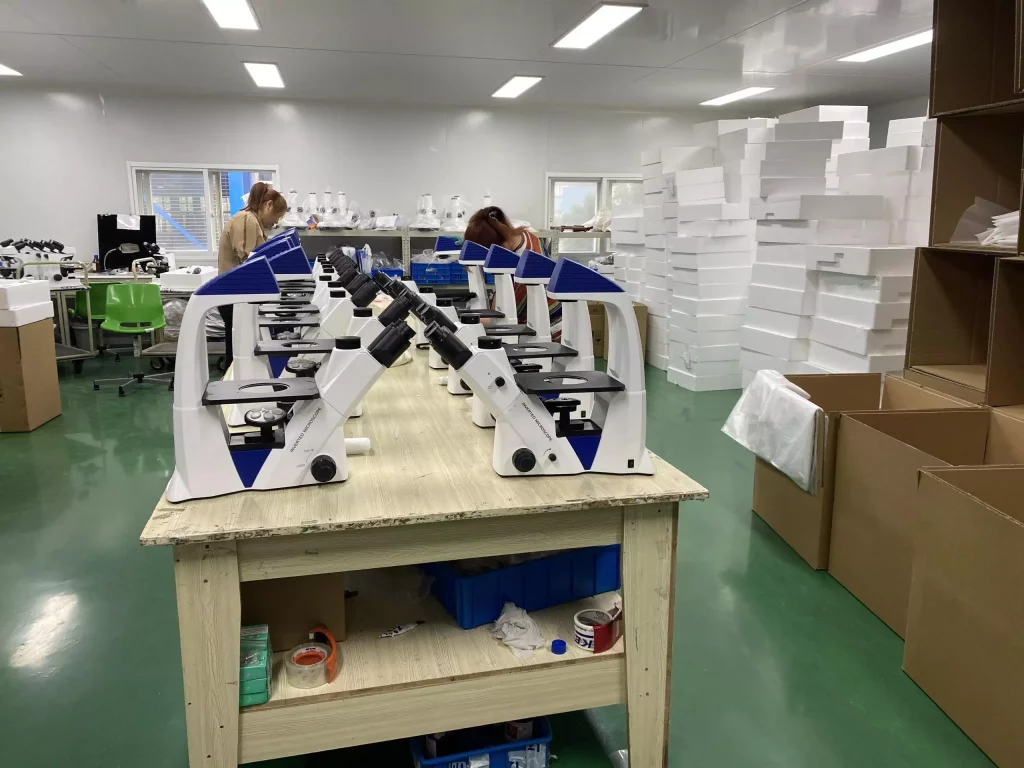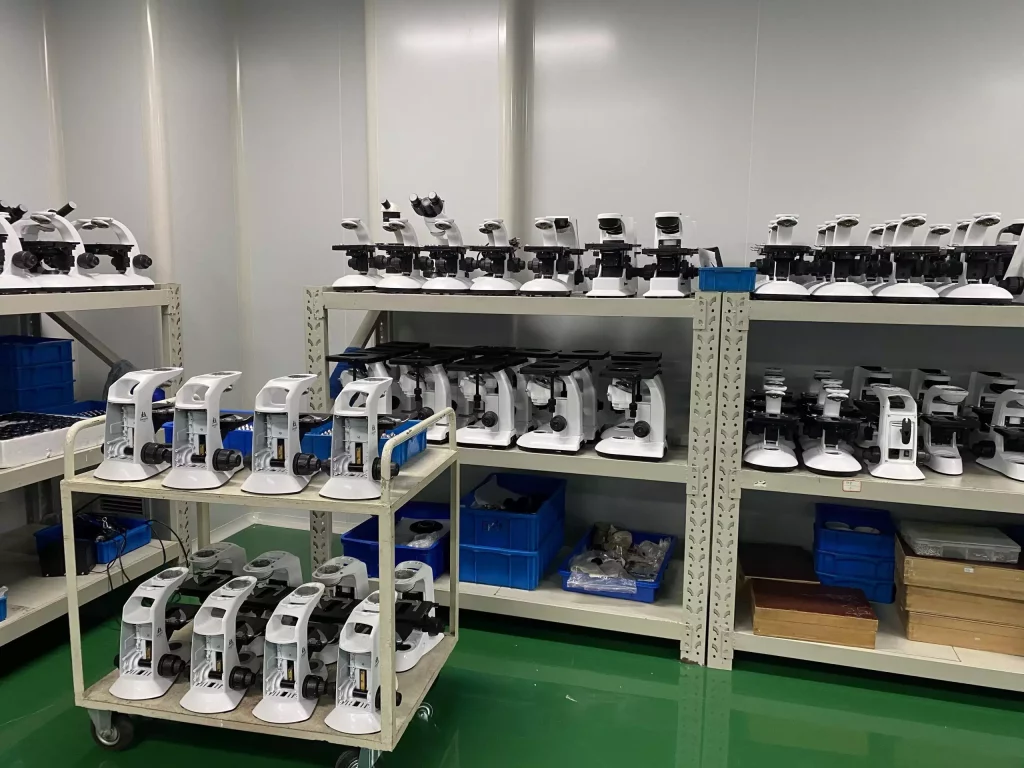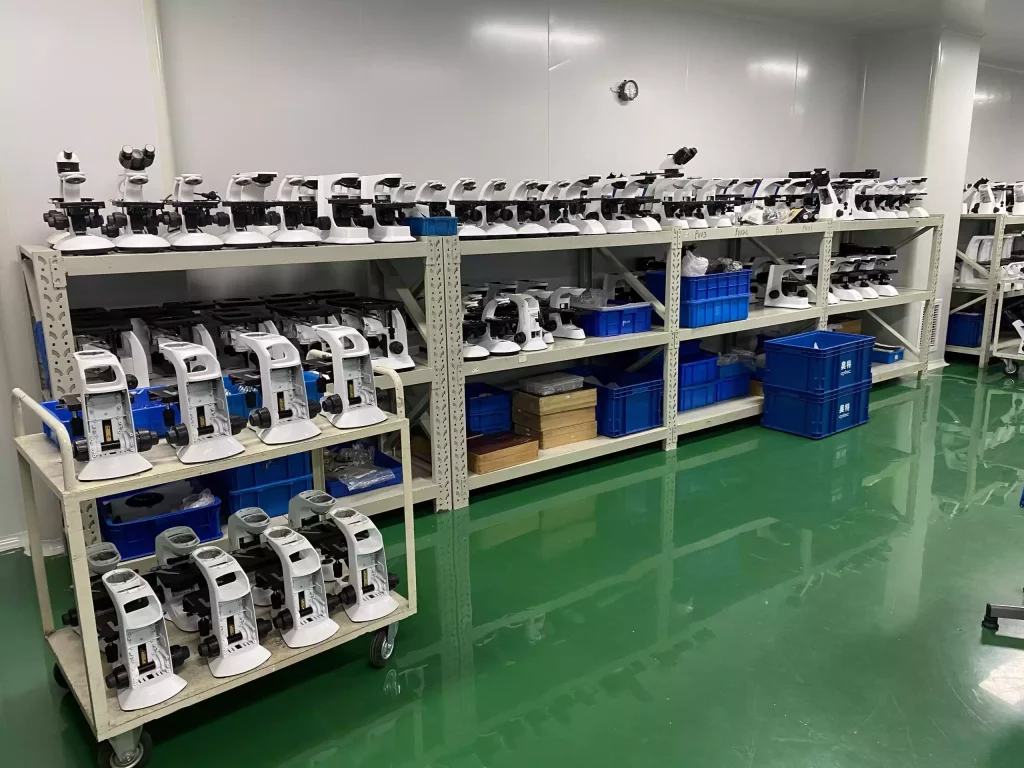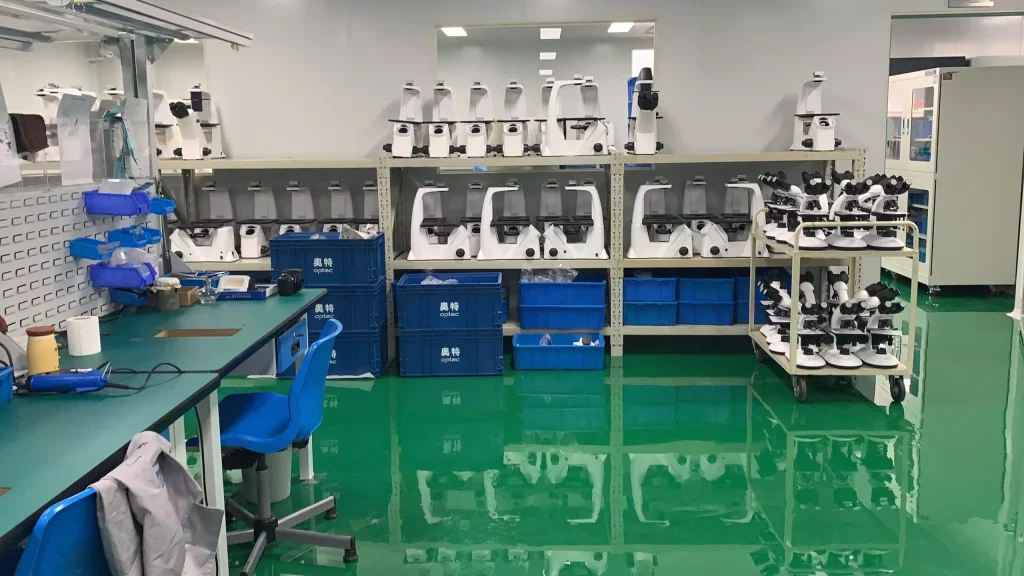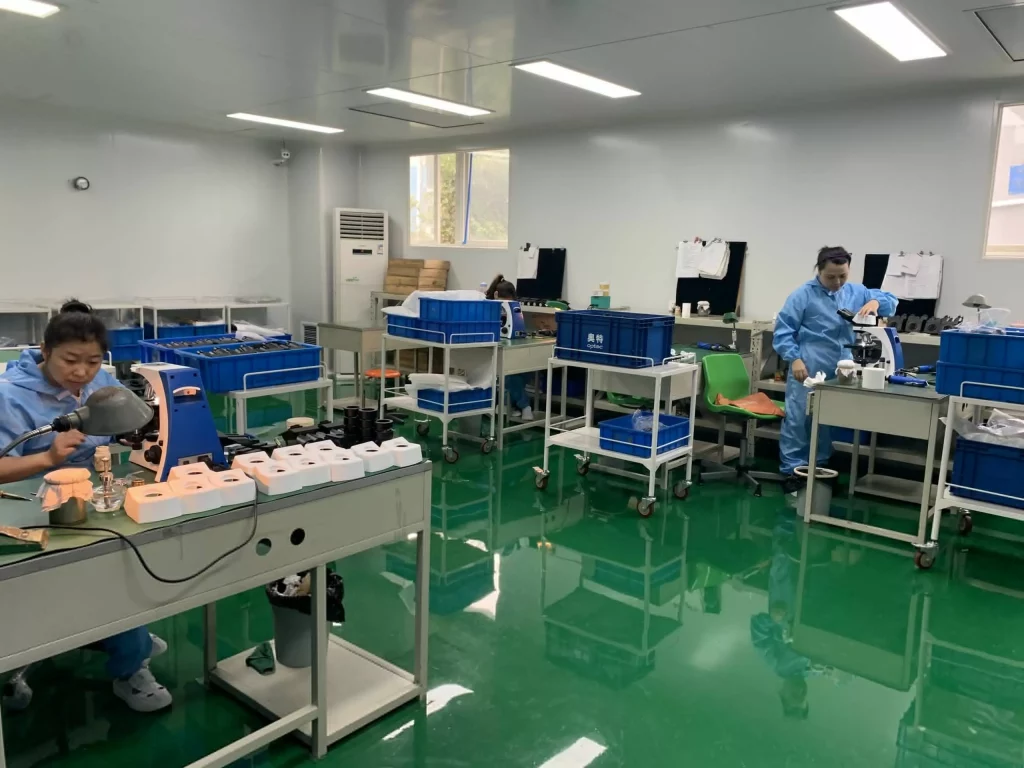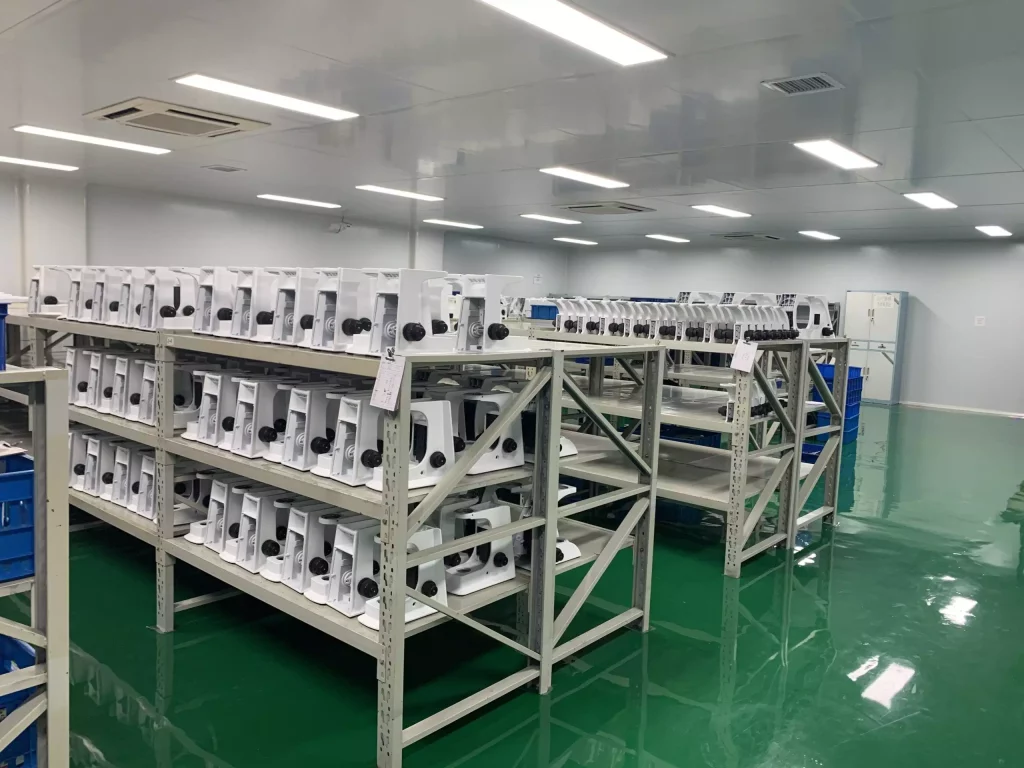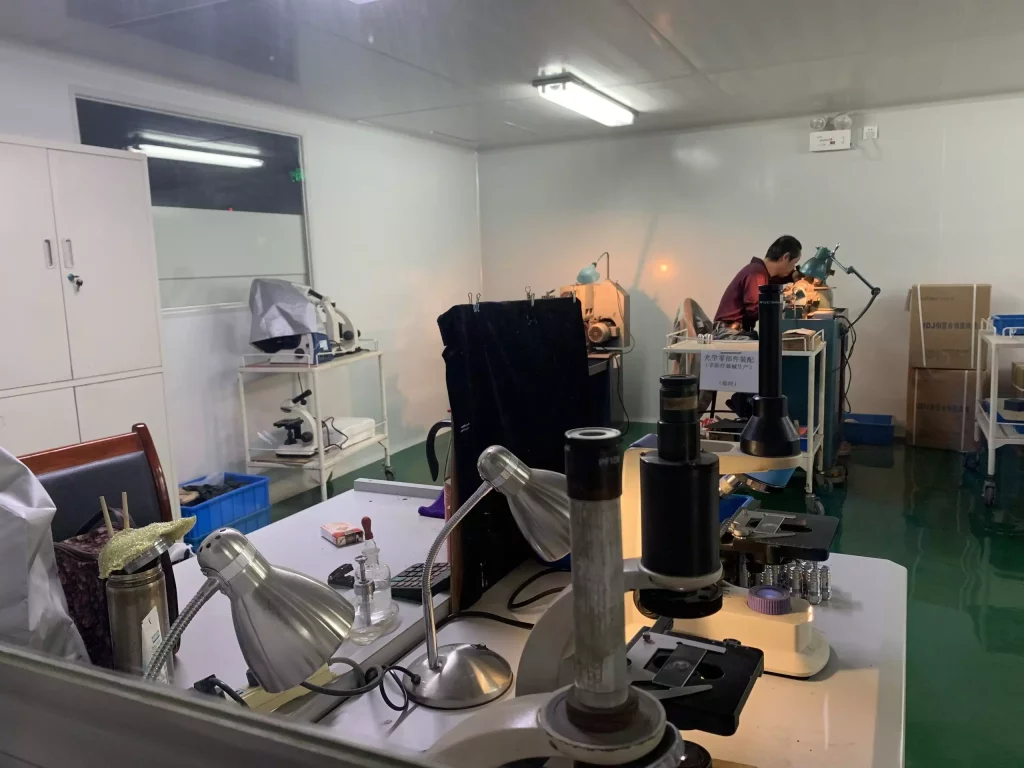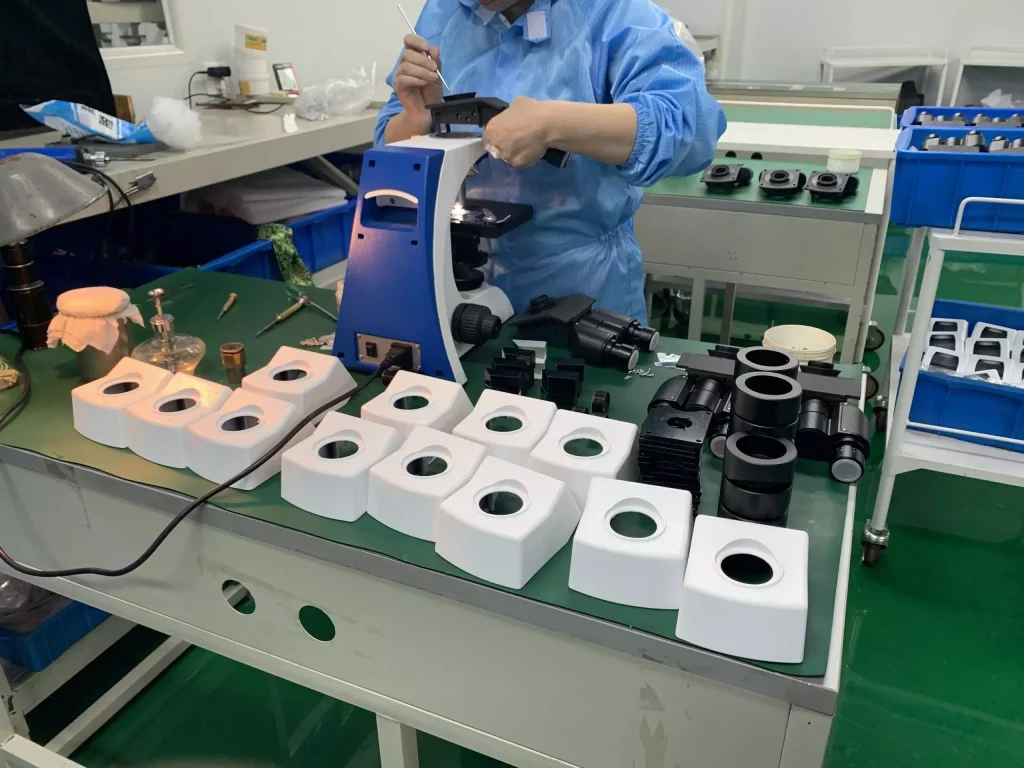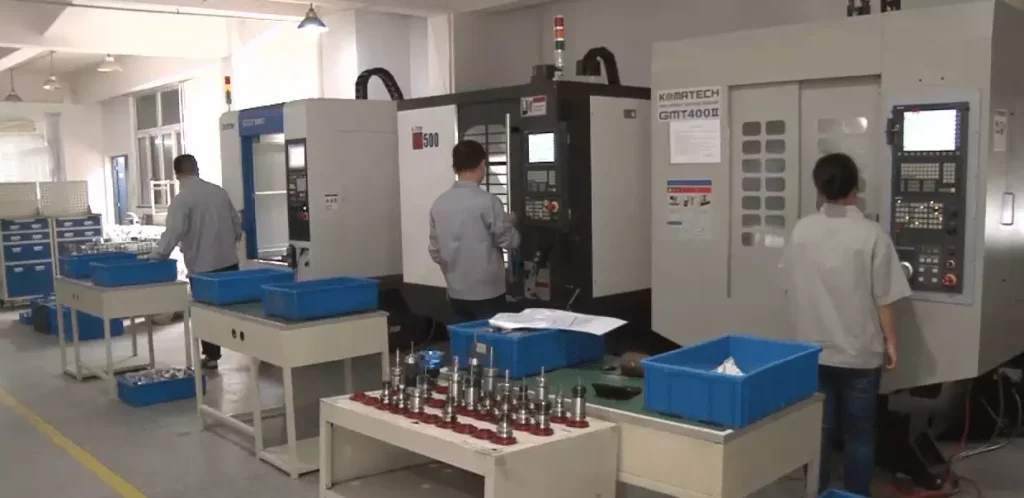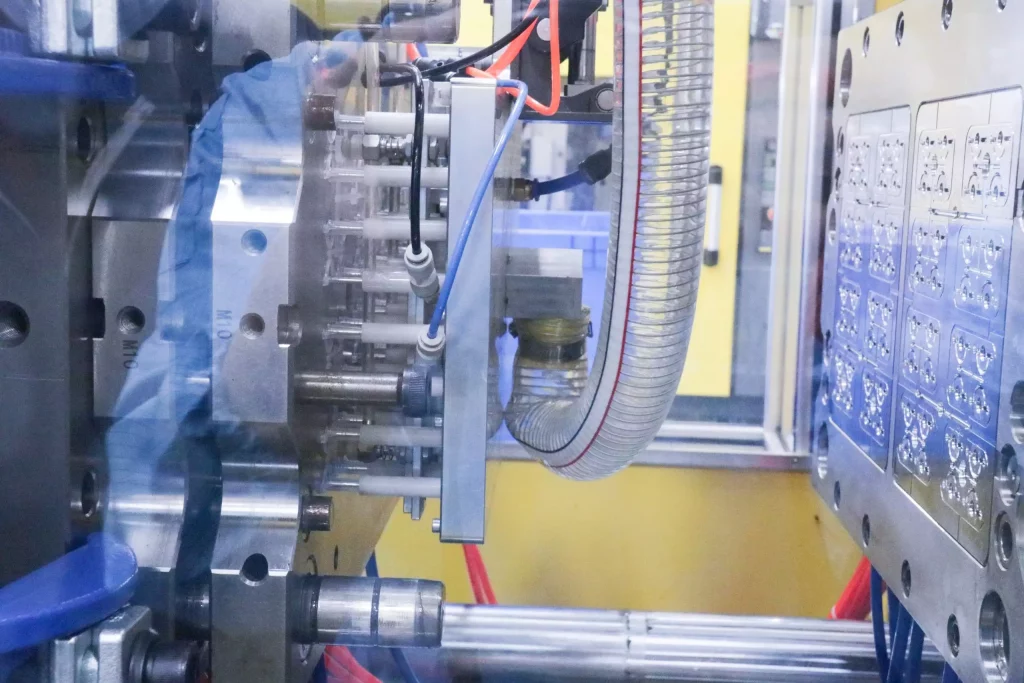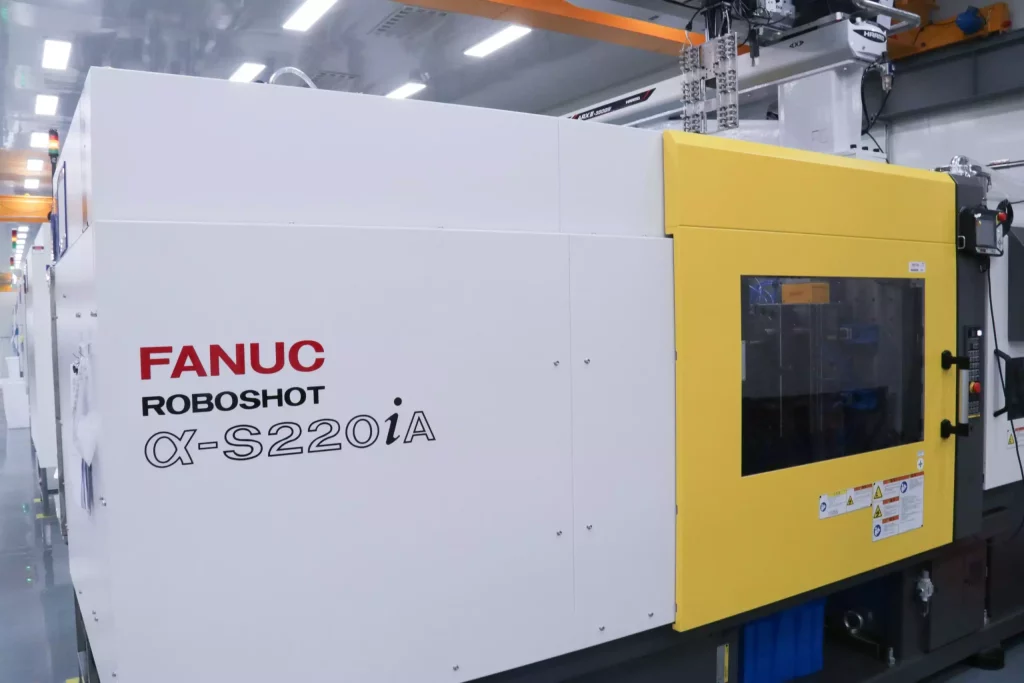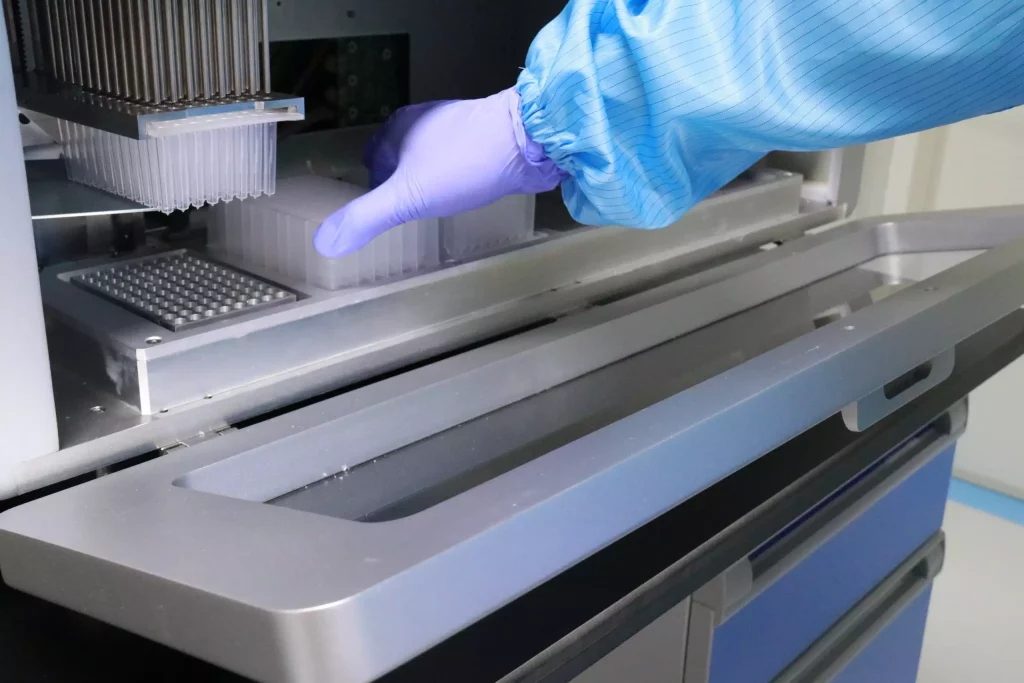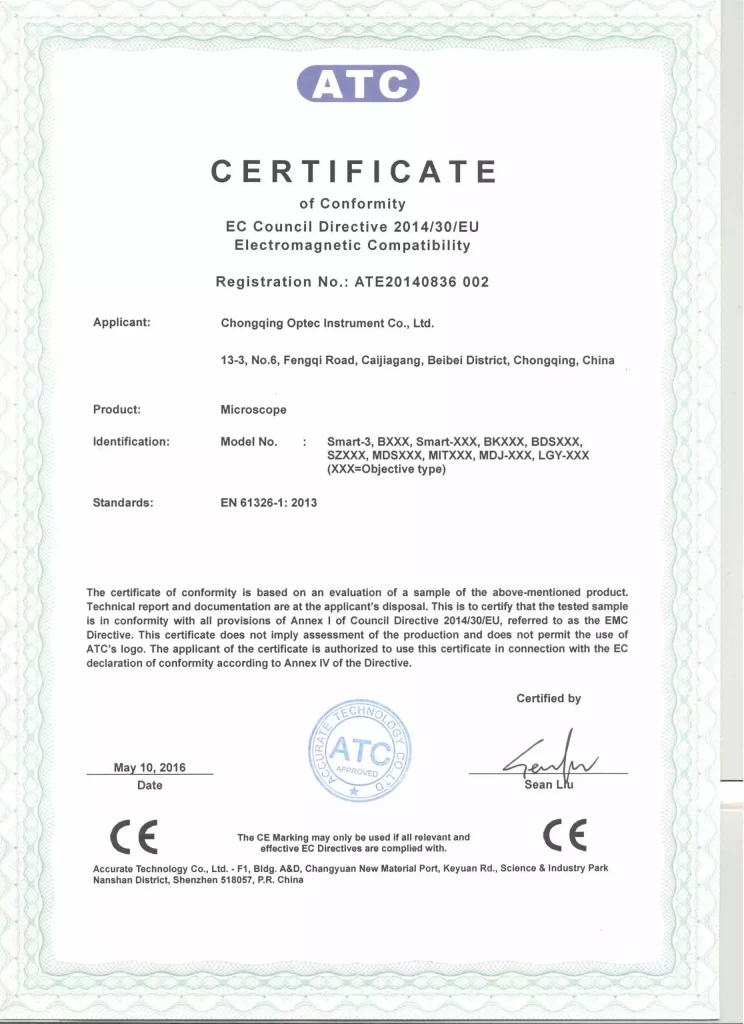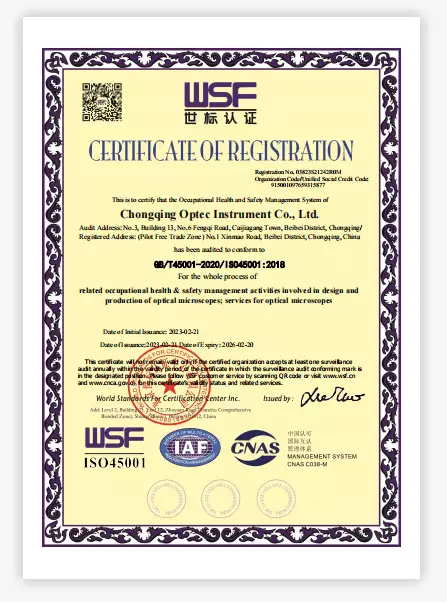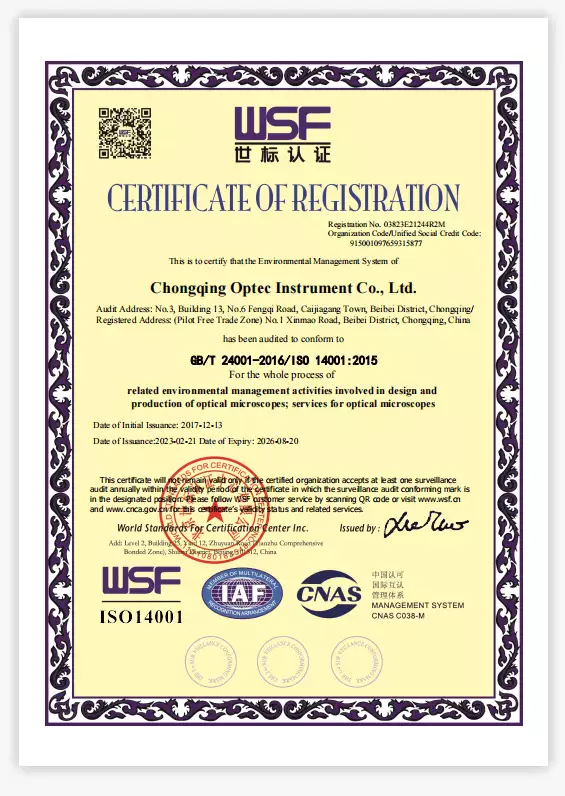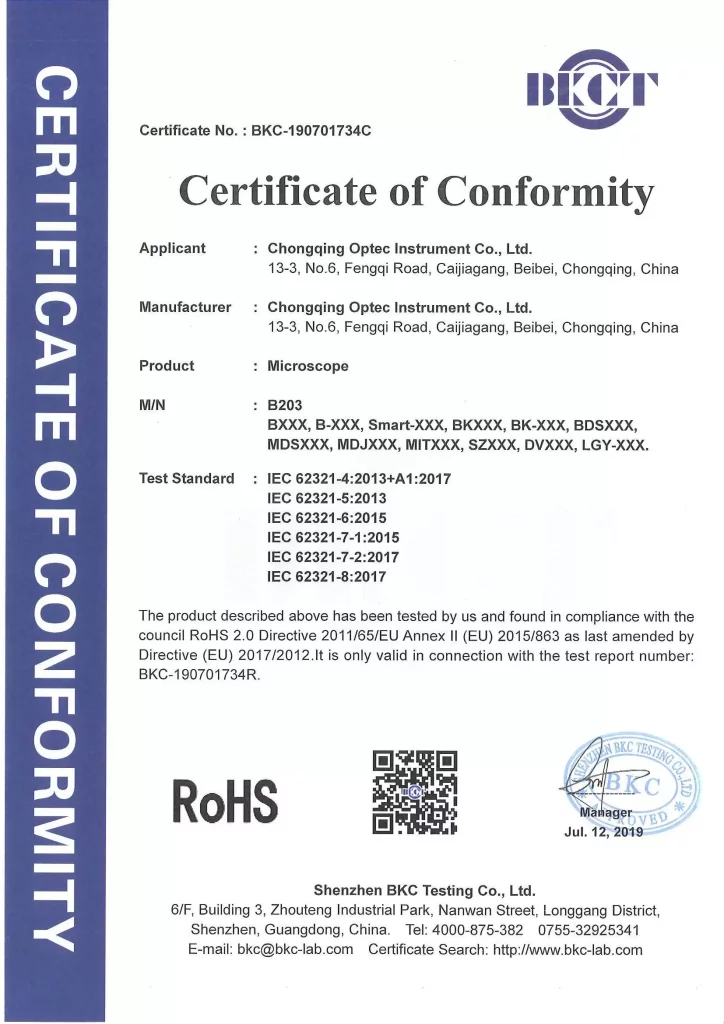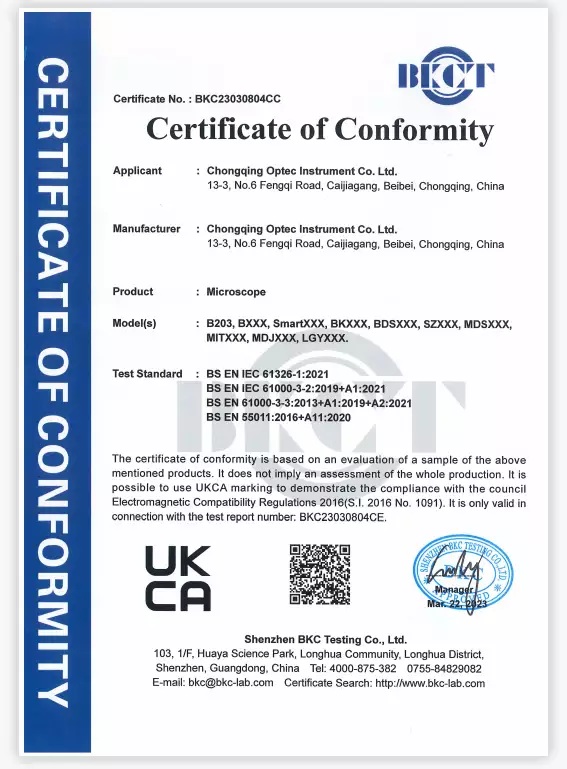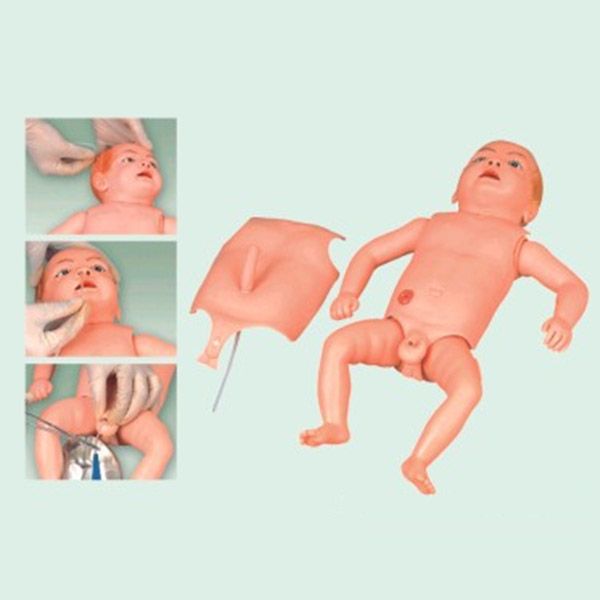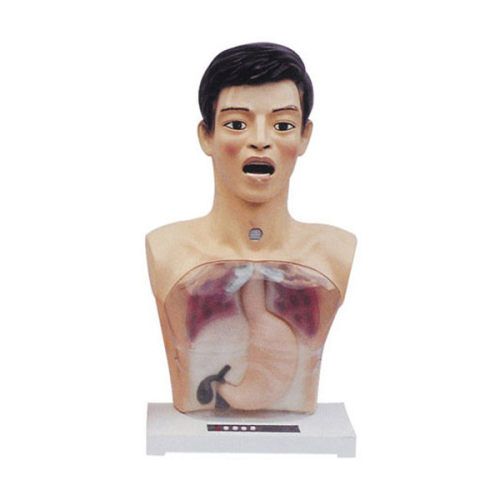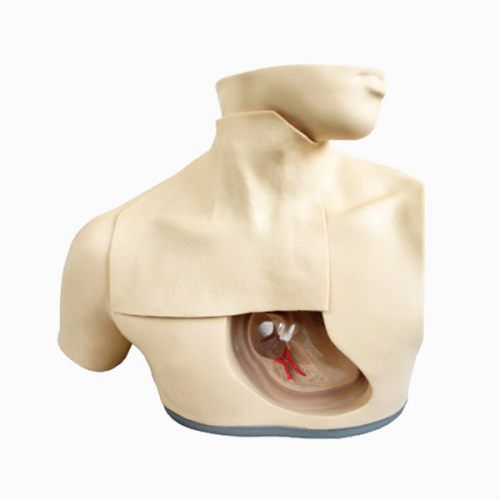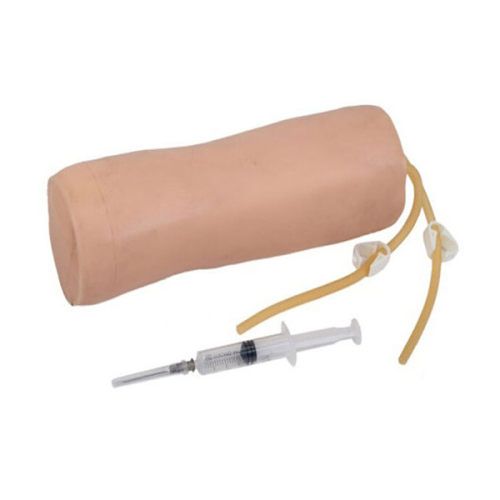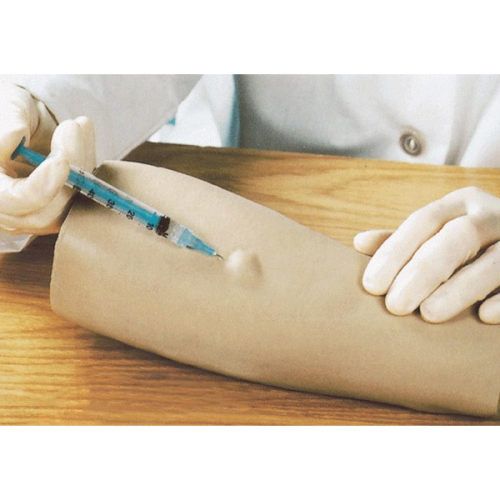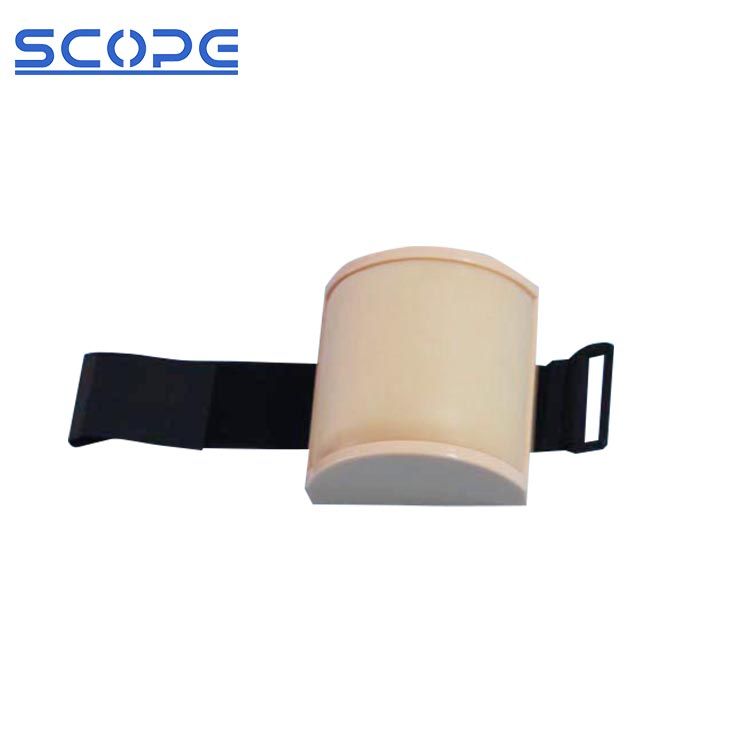In the worlds of medical education, fashion design, and commercial display, the terms manikin and mannequin are often used interchangeably—but they serve very different purposes. Understanding their distinctions is essential for educators, students, healthcare professionals, designers, and photographers who need realistic human forms for either simulation or presentation.
- If your model must simulate life or procedures, → Choose a Manikin
- If your model must represent the human body for display, choose a Mannequin

What is a Manikin?
A manikin is a life-like, anatomically accurate training model primarily used in medical and emergency training. It goes far beyond appearance to simulate human responses such as breathing, heart rate, or pupil dilation. High-end manikins can even connect to computers for real-time feedback and assessment.
| Key Attributes | Manikin |
| Purpose | Simulate medical procedures and physiological responses |
| Users | Doctors, nurses, EMTs, healthcare educators |
| Features | CPR simulation, airway management, catheterization, IV insertion |
| Material | May include sensors, AI, and real-time feedback |
| Technology | Doctors, nurses, EMTs, and healthcare educators |
| Maintenance | Requires upkeep and sometimes consumable parts |
What is a Mannequin?
A mannequin, in contrast, is a static human form designed for visual display. Used widely in fashion retail, design, and photography, mannequins are about appearance, proportions, and posing, not internal realism.
| Key Attributes | Mannequin |
| Purpose | Visual display of clothing, accessories, or style |
| Users | Designers, retailers, photographers, stylists |
| Features | Static pose, dressable, may have detachable limbs |
| Material | Fiberglass, ABS plastic, foam, fabric-covered |
| Technology | Usually none; the focus is on aesthetics and stability |
| Maintenance | Low-maintenance, easy to clean |
What is the Difference Between a Manikin and a Mannequin?
The table below summarizes their technical, material, and functional differences:
| Aspect | Manikin (Medical Training) | Mannequin (Fashion/Display) |
| Primary Use | Medical & emergency training, simulation, skill development | High–responsive systems, sensors, feedback |
| Main Function | Interactive, realistic procedural training | Static or poseable for visual presentation |
| User Environments | Hospitals, medical schools, training centers | Retail stores, showrooms, studios |
| Interactivity | Hospitals, medical schools, and training centers | None – limited to posing or fixed positions |
| Internal Structure | Complex – organs, tubing, tech components | Simple – hollow or solid core for stability |
| Surface Realism | Anatomically accurate, skin-mimicking materials | Realistic human form, often smooth or stylized |
| Material Composition | High-grade silicone, soft polymers, flexible joints | Fiberglass, ABS plastic, wood, fabric-covered foam |
| Technology Integration | Includes AI, sensors, simulation software | Typically low-tech or non-digital |
| Durability | Built for repeated physical interaction, durable under stress | Designed for long-term display with low wear |
| Portability | Often heavy, sometimes fixed or bed-mounted | Lightweight, modular, easy to move or dress |
Manikins and Mannequins: How to Choose
Manikins and mannequins serve very different industries, and knowing which one to use can save you money and effort and ensure better results. Here’s how different professionals should approach their choice: Below is a detailed chart that maps user groups to the most suitable model type, helping you select the right tool based on purpose, features, and expectations:
| User Group | Product Requirements | Recommended Model | Why |
| Educators (Medical & Nursing) | Anatomical accuracy, feedback sensors, support for multiple procedures | Manikin | Enables consistent hands-on training; improves measurable learning outcomes |
| Students (Nursing, Medical, Cosmetology) | Easy setup, realistic structure, compatibility with IV, CPR, and wound care | Manikin | Ideal for repetitive practice; builds tactile familiarity and procedural confidence |
| Doctors & Paramedics | High realism, rugged design, real-time surgical or trauma response feedback | Manikin | Builds muscle memory; prepares for high-stakes scenarios without real-life risks |
| Fashion Designers | Accurate body proportions, pinable surface, adjustable height | Mannequin | Enhances garment fitting and tailoring; helps visualize design on varied body types |
| Photographers | Aesthetic posture, matte finish, stable base, adjustable limbs | Mannequin | Creates visually clean, professional compositions; allows creative styling and posing |
Manikins and Mannequins: Which One Is Best for You?
| User Group | Recommended Model | Key Features |
| Medical Educators | High-fidelity simulation manikin | CPR, airway, vital sign response |
| Nursing Students | Entry/intermediate nursing manikin | Catheter practice, IV setup, full-body range |
| Paramedics/EMTs | Trauma manikin | Durable, rugged, realistic injuries |
| Fashion Designers | Adjustable dress mannequin | Custom sizing, poseable, pinable |
| Retail Display Teams | Abstract/realistic mannequins | Lightweight, stylish, attention-grabbing |
| Photographers | Studio torso mannequin | Neutral matte finish, poseable |
| Cosmetology Trainers | Hairdressing manikin head | Realistic scalp, rooted hair, styling friendly |
| CPR Instructors | Feedback-enabled CPR manikin | Compression sensors, lung inflation |
| Artists/Sculptors | Wooden jointed mannequin | Proportional sketch reference, flexible limbs |
While manikins and mannequins may look alike at first glance, their core purposes are fundamentally different. Manikins are designed for realism, simulation, and interactive training—making them essential in medical, emergency, or educational environments where hands-on practice is critical. In contrast, mannequins are built for visual presentation, focusing on aesthetics, style, and display, commonly used in fashion, retail, or visual arts. If you’re unsure which option is best for your specific needs, I’m here to help you compare models based on your role, intended use, or budget—just reach out!
Company Show
Chongqing Scope Instrument Co., Ltd. is a professional supplier in the field of instruments and equipment for laboratory, Medical training, and Industry. We are located in one of the biggest cities of China, Chongqing.


